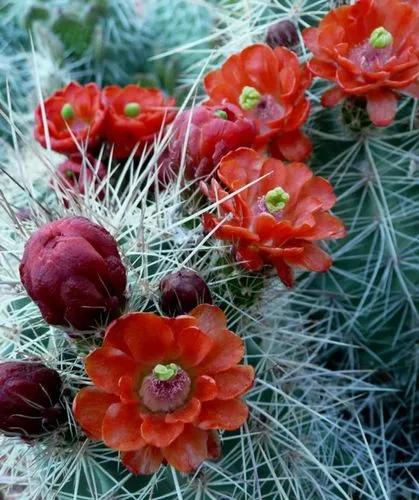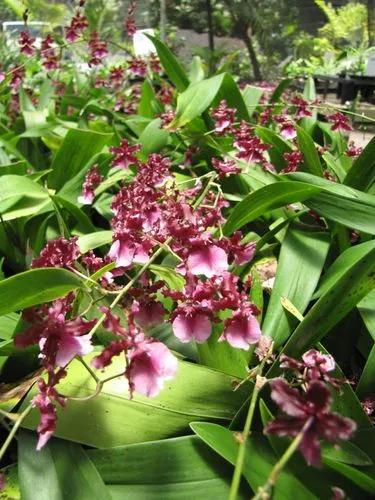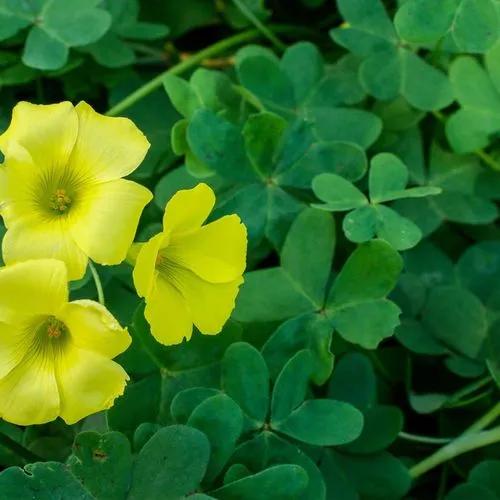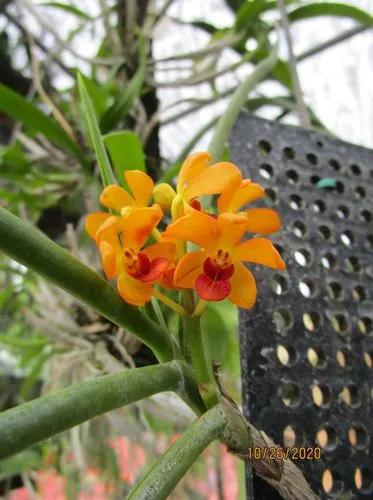Trillium erectum is a perennial herbaceous plant that grows to about 40 cm (16 in) in height with a spread of 30 cm (12 in). It can tolerate extreme cold in winter, surviving temperatures down to −35 °C (−31 °F). Like all trilliums, its parts are in groups of three, with a 3-petalled flower above a whorl of pointed triple leaves.
Trillium Erectum Care
Trillium Erectum
Other names: Bethroot, Purple Trillium, Stinking Benjamin, Wake Robin



How to Care for the Plant

Water

Once established in the garden, trillium wildflowers require little maintenance or care. As long as they have been planted in a suitable location, you need only keep the soil evenly moist, but not soggy. They may also require water in dry weather.

Pruning

Stinking Benjamin True love Red, including varieties and pruning advice.

Fertilizer

Fertilizer is not necessary as long as they have plenty of organic material or compost mixed into the soil. You can, however, renew this each year if desired.

Sunlight

Trillium grow best in a partly-shaded, deciduous woodland habitat and along wet areas in the forest.

Temperature

Red Trillium. This plant grows to about 40 cm (16 in) in height with a spread of 30 cm (12 in), and can tolerate extreme cold in winter, surviving temperatures down to −35 °C.

Additional

Although young, tender trillium leaves are nontoxic, North Carolina State University Extension reports that trillium roots and berries are mildly toxic, causing symptoms that are unpleasant but not severe or long lasting.

Popularity

94 people already have this plant 20 people have added this plant to their wishlists
Discover more plants with the list below
Popular articles






